Table of Contents
Looking for engaging science project ideas for your Class 10 students? Class 10 science projects are crucial for understanding key scientific concepts in the CBSE syllabus. These projects blend theory with hands-on exploration, helping students in grasping fundamental principles outlined in NCERT solutions. From exploring chemical reactions to delving into the laws of motion, these projects cultivate critical thinking and a deeper appreciation for science. Covering physics, chemistry, biology, and environmental science, here are 10 top science project ideas that are both educational and enjoyable. Access our NCERT Solutions Class 10 for expert guidance.
Don’t Miss
- 5 Toughest and Easiest Chapters in CBSE Class 10 Science
- Self Study Time Table Class 10
Top 10 Science Project Ideas For Class 10
1. Seed Generation Experiment
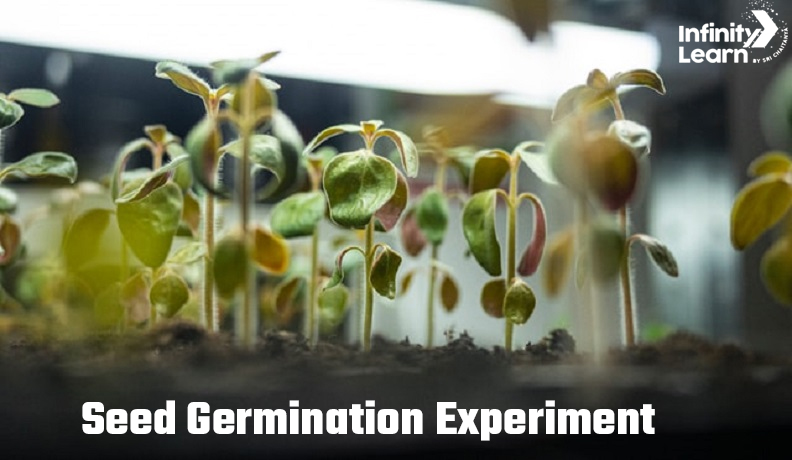
Materials Required:
- Various types of seeds (e.g., bean, pea, corn)
- Paper towels
- Water
- Plastic bags
Steps:
Seed Selection
Choose a variety of seeds such as beans, peas, sunflower, radish, and corn for the experiment.
Preparation
- Place a few seeds of each type on a damp paper towel.
- Ensure the paper towels are moist but not overly wet.
- Fold the paper towel over the seeds to cover them completely.
Creating a Humid Environment
- Place the wrapped seeds in a plastic bag.
- Seal the plastic bag to create a humid environment for the seeds.
Germination Process
- Put the bags in a warm, well-lit area like a windowsill.
- Check the seeds daily for germination.
- Record the number of days it takes for each type of seed to germinate.
Observation and Data Collection
- Note any differences in germination time between the types of seeds.
- Record the growth of the seedlings over time.
Analysis and Conclusion
Analyze the results of the experiment.
Draw conclusions about the factors affecting seed germination, such as seed type, environmental conditions, and moisture levels.
By following these steps, you’ll conduct a comprehensive experiment on seed germination, allowing you to observe and understand the process effectively.
2. Solar Oven
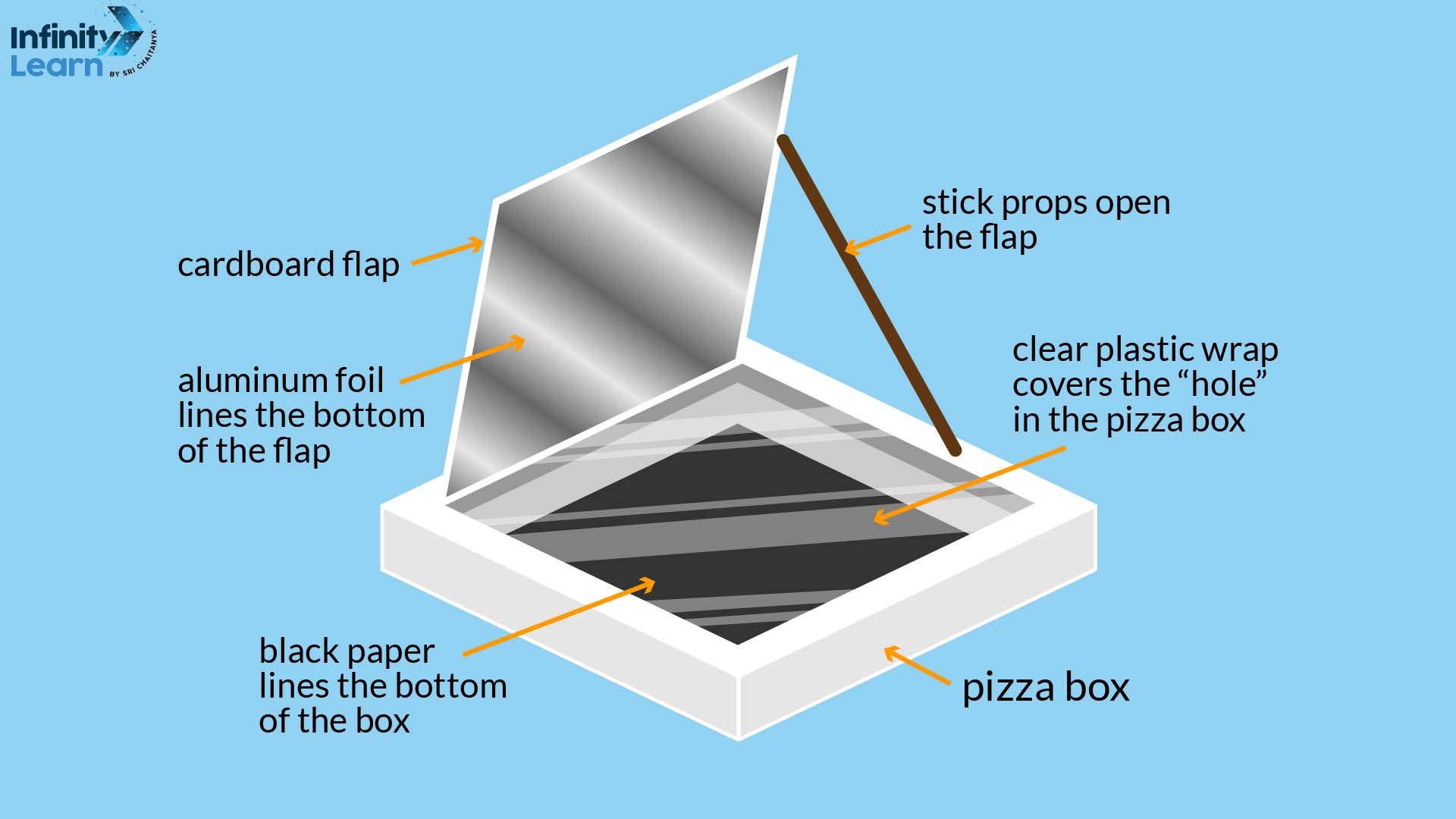
Materials Required: Cardboard box, aluminum foil, plastic wrap, black construction paper, tape.
Steps:
Preparing the Solar Oven
- Line the inside of the cardboard box with aluminum foil, leaving the top open.
- Cover the top opening of the box with plastic wrap, ensuring it is tightly secured.
- Place a piece of black construction paper at the bottom of the box.
Cooking Process
- Place food inside the solar oven on top of the black construction paper.
- Put the solar oven in direct sunlight, preferably on a sunny day.
Observation and Data Collection
- Monitor the temperature inside the solar oven periodically.
- Record the time it takes for the food to cook and any observations regarding the cooking process.
Analysis and Conclusion
- Analyze the effectiveness of the solar oven in cooking food.
- Draw conclusions about its efficiency compared to traditional cooking methods.
3. Homemade Battery
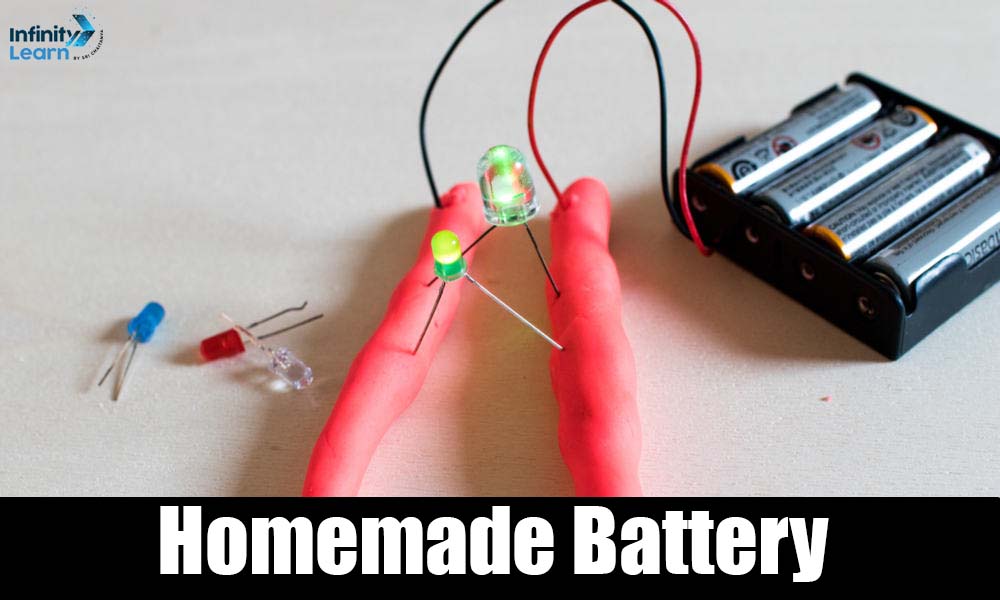
Materials Required
- Copper coins, zinc nails, vinegar, LED bulb, wires.
Steps
- Soak a piece of paper towel in vinegar.
- Wrap the paper towel around the copper coin and zinc nail separately.
- Connect the copper coin to the LED’s positive terminal and the zinc nail to the negative terminal using wires.
- Observe if the LED lights up, demonstrating the generation of electricity.
4. Effect of pH on Plant Growth
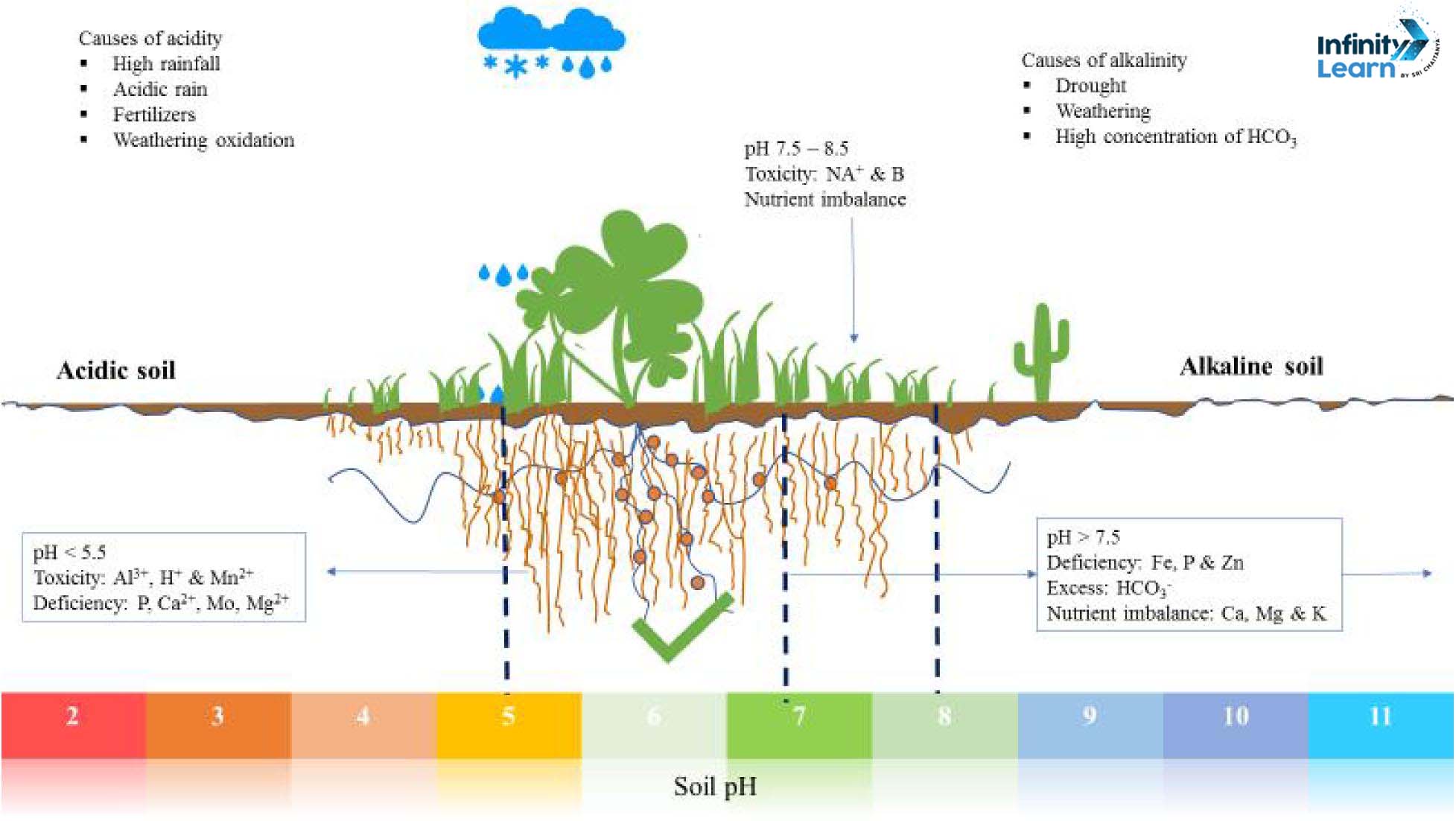
Materials Required
Soil, seeds (e.g., radish or mustard), water, containers, pH testing kit.
Steps
- Divide soil into containers.
- Adjust the pH of each container to different levels using acidic or basic substances.
- Plant seeds in each container and water regularly.
- Monitor and record the growth of plants over a few weeks to observe the effect of pH.
5. Solar Water Purifier
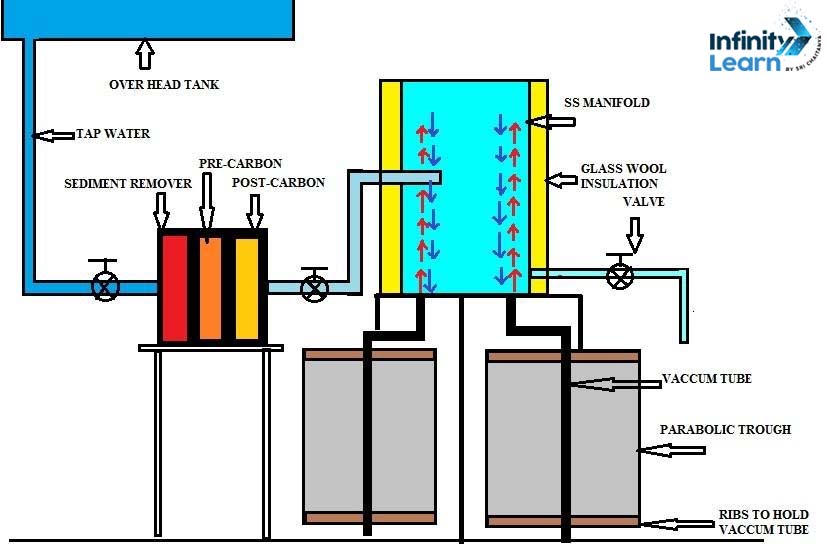
Materials Required
Plastic bottles, black paint, adhesive, sand, gravel, activated charcoal.
Steps
- Paint the bottles black to absorb sunlight.
- Cut the bottle in half and stack the bottom half on top of the other.
- Fill the bottom half with layers of sand, gravel, and activated charcoal.
- Pour water through the top half and observe the purification process under sunlight.
6. Hydraulic Arm Model
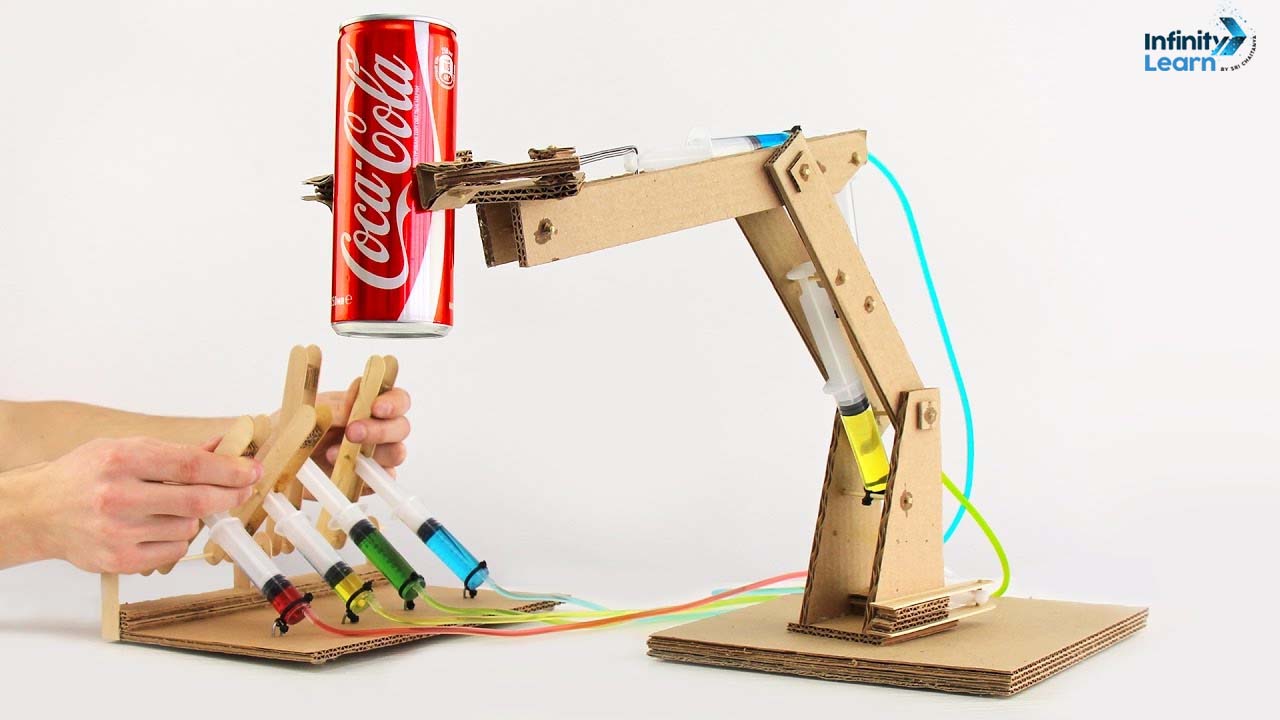
Materials Required
Syringes, plastic tubes, cardboard, hot glue, water.
Steps
- Build a base with cardboard and glue.
- Connect syringes with tubes to mimic joints and muscles.
- Fill syringes with water and manipulate the syringes to move the arm.
- Experiment with different syringe sizes and water pressures for varying movements.
7. Wind Turbine Model

Materials Required
Cardboard, wooden sticks, small DC motor, wires, propeller.
Steps
- Construct a tower using cardboard and wooden sticks.
- Attach the DC motor to the tower.
- Connect the motor to a propeller using wires.
- Place the turbine in a windy area and observe the rotation of the propeller, generating electricity.
8. Fermentation Experiment
Materials Required
Yeast, sugar, water, balloons, bottles.
Steps
- Mix yeast, sugar, and water in bottles.
- Stretch balloons over the bottle openings.
- Observe the balloons inflate as yeast ferments sugar, producing carbon dioxide.
- Compare fermentation rates with different sugar concentrations or temperatures.
9. Electromagnetic Train

Materials Required
Magnets, copper wire, battery, foam board, wheels.
Steps
- Wind copper wire around a foam board to create a coil.
- Attach magnets to a small vehicle.
- Connect the coil to a battery.
- Place the vehicle on the coil and turn on the battery to observe magnetic propulsion.
10. DIY Lava Lamp
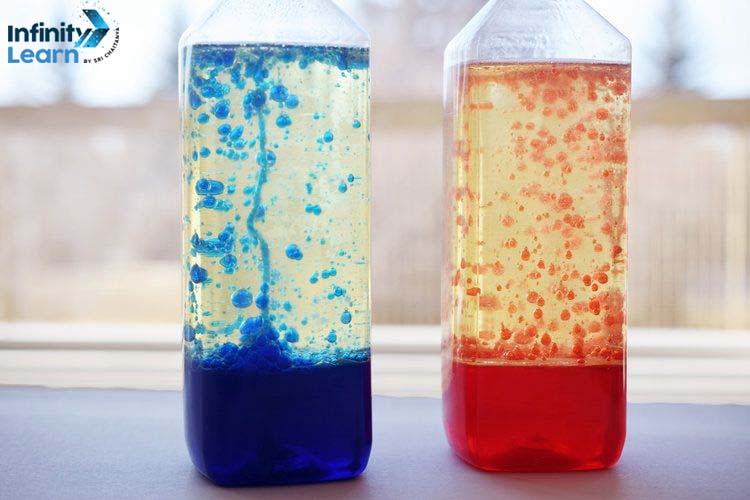
Materials Required
Water, vegetable oil, food coloring, Alka-Seltzer tablets, transparent container.
Steps
- Fill the container with water and add a few drops of food coloring.
- Pour vegetable oil on top of the water.
- Drop pieces of Alka-Seltzer tablets into the container.
- Observe the bubbles rising and falling, creating a lava lamp effect.
11. Egg Drop Experiment

Materials Required
Eggs, various materials for padding (e.g., cotton balls, bubble wrap, sponges), tape, containers.
Steps
- Choose different materials for padding.
- Design and build containers to protect eggs when dropped from a height.
- Drop the containers with eggs from the same height and observe which materials provide the best protection.
- Analyze the results to understand the principles of impact and energy absorption.
These projects cover various scientific concepts and are suitable for Class 10 students. Ensure to follow safety guidelines and seek assistance from teachers or parents when needed.
FAQs on Science Project Ideas For Class 10
What is the best science project for Grade 10?
The best science project for Grade 10 often depends on the interests and resources available to the student. Some popular options include experiments on renewable energy, environmental science, genetics, or physics concepts like motion and force.
What are the 4 types of science projects?
The four types of science projects commonly include experiments, demonstrations, research projects, and models. Experiments involve testing a hypothesis, demonstrations showcase scientific principles, research projects analyze existing data, and models illustrate concepts visually.
What is the best topic for a science project?
The best topic for a science project is one that aligns with the student's interests and allows for meaningful exploration. Topics could range from biology (like genetics or ecology) to chemistry (such as reactions or properties of elements) to physics (like electricity or motion).
Which is the best project for science exhibition?
The best project for a science exhibition is often one that is engaging, visually appealing, and demonstrates a clear understanding of scientific concepts. Projects like creating a solar-powered device, building a model of the solar system, or investigating the effects of climate change on ecosystems can be excellent choices.









